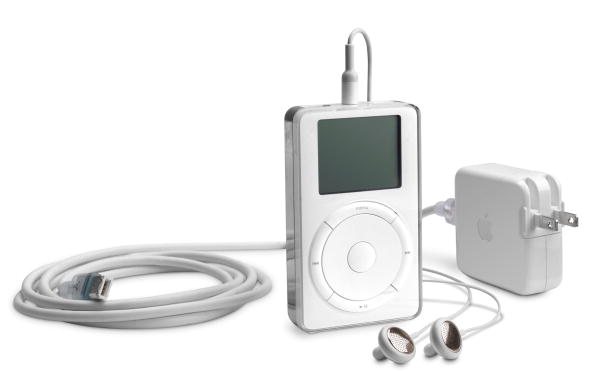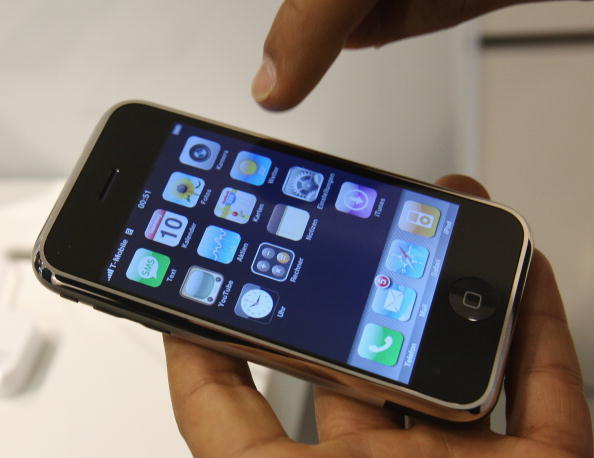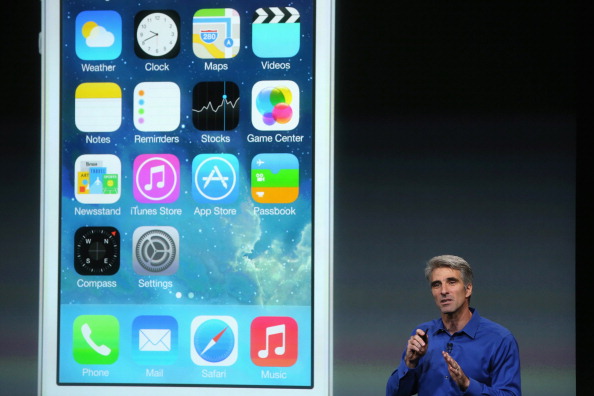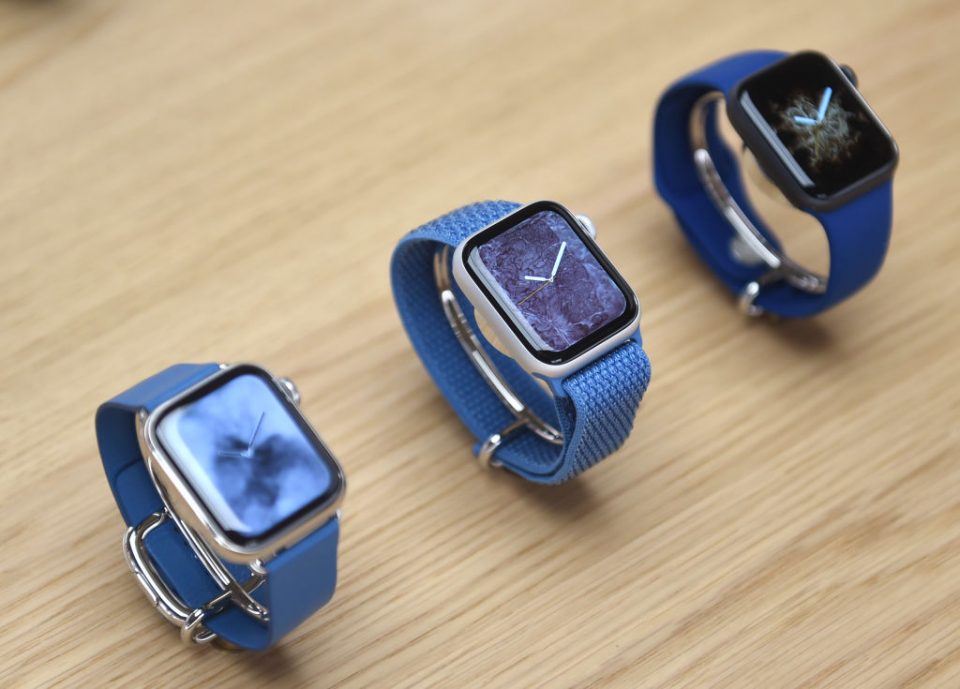The tech world has been shaken by the news that Sir Jony Ive, the veteran British designer behind a string of iconic Apple products, is stepping down after nearly three decades.
As chief design officer, Ive played a vital role in transforming Apple from an ailing tech firm into the worlds most valuable company.
Alongside founder Steve Jobs, the designer pioneered the idea that tech products should look good, rather than merely function well.
Here are six of Ives greatest contributions to the world of tech and design.
Read more: iPhone designer Sir Jony Ive to leave Apple to start new venture
iMac G3 (1998)
The iMac G3 was Ives first major project at Apple, and remains one of his most influential. The desktop computer instantly stood out among a sea of drab, beige PCs, and set the tone for Apples design-led approach to technology.
The G3 is best-known for its original Bondi Blue colour, but the firm eventually rolled out 13 flavours, from tangerine to lime. It was also distinctive for its translucent plastic casing, which offered a glimpse into the guts of the machine.
“It looks like its from another planet,” Jobs said at the time. “A good planet. A planet with better designers.”
But there was substance as well as style. The G3 was launched on 15 August, and by the end of the month Apple had received 150,000 pre-orders. Without Ives creation, Apple may never have made it into the new millennium.
iPod (2001)

The first iPod, released way back in 2001, is perhaps the greatest example of how Apple placed design at the heart of its process.
In terms of technology, there was little innovation in the iPod, as MP3 players had been around since 1997.
But its elegant, user-friendly design meant the iPod leapfrogged its competitors and went on to dominate the MP3 market.
At the heart of the products functionality was the click wheel, which allowed users to navigate through playlists quickly and easily. While the idea for the wheel is credited to Apple senior vice president Phil Schiller, it was Ive who oversaw its creation.
The iPod would go on to morph into a series of different models, and by 2006 accounted for as much as 40 per cent of Apples revenue, before ultimately being usurped by the iPhone.
iPhone (2007)

The iPhone has arguably had more of an impact on the modern world than any other tech device. While the concept of the smartphone now seems unremarkable, the launch of the iPhone in 2007 was nothing short of revolutionary.
Bringing together the functions of a phone, iPod and handheld computer, the iPhone transformed the market and sent competitors into a frenzy as they tried to imitate its unique design.
While iPhones have developed (and expanded) hugely since the original model, the fundamental concept of the touchscreen display and distinctive app icons have lived on.
“iPhone is a revolutionary and magical product that is literally five years ahead of any other mobile phone”, Jobs said at the time.
iOS 7 (2013)

Delving away from physical products, Ive oversaw the greatest overhaul of the iPhones software in 2013.
iOS 7 scrapped the so-called skeuomorphic approach, where icons were designed to directly mimic their real-world counterparts. Instead, Ive embraced a flatter, more minimalistic, design that paved the way for modern formats.
“I think there is a profound and enduring beauty in simplicity,” Ive said during the launch.
More than 200m people upgraded their devices to iOS 7 over the first weekend after its launch, leading Apple to describe it as the “fastest software upgrade in history”.
Apple Watch (2014)

The Apple Watch may nRead More – Source
[contf] [contfnew]
CityAM
[contfnewc] [contfnewc]








